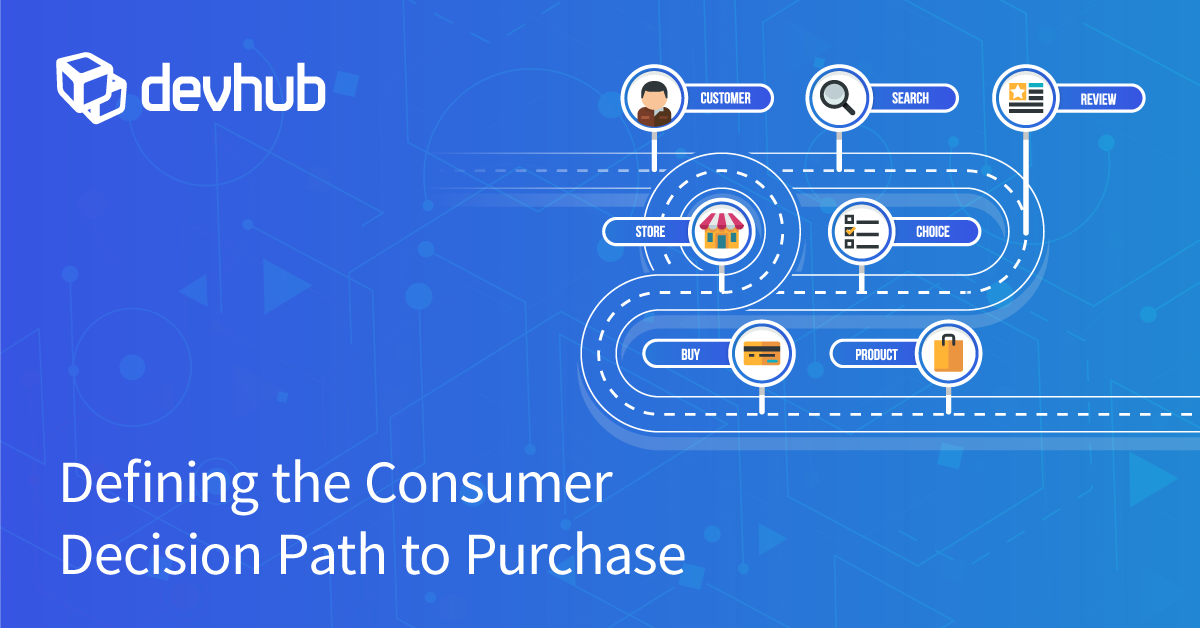
If you've ever made contact with the fields of sales or marketing, it's likely that the concept of the funnel isn't foreign to you.
The funnel metaphor is used so widely because of its simplicity: potential buyers start out at the top of the funnel as part of the largest group of leads. As leads narrow down their buying decision, many drop away, until your "warmest" group of leads ends up becoming customers, clients, and buyers.
In this traditional model, the consumer decision takes place before the purchase, and the process stops there. Some research suggests, however, that this is not an accurate way to theorize a consumer's real decision path.
Introducing the Consumer Decision Journey (CDJ)
In a 2010 article in the Harvard Business Review, David Edelman sought to understand what parts of the conventional funnel provided the highest ROI for marketers and salespeople. He found that the answer is not confined to the funnel itself.
The CDJ represents a paradigm shift and change in focus. While the funnel runs from cold to warm and ends with an individual purchasing a product or service, the Consumer Decision Journey represents the decision to buy, plus the way the customer interacts with a product aftermaking the purchase. There are four stages to the CDJ:
Consider -> Evaluate -> Buy -> Enjoy/Advocate/Bond
According to Edelman, the phase that follows the sale — a phase that the consumer funnel doesn't even include — actually represents the highest utility when considering how to effectively market a product.
This is because of the effectiveness of word-of-mouth marketing. You can put your product at trade shows, explode your PPC budget, and buy up every billboard on all the main roads in America. And still your brand awareness can be nullified by a single referral from someone the buyer trusts. According to the Global Web Index, consumers are twice as likely to pay attention to a friend's recommendation when researching products.
According to Edelman's CDJ theory, a buyer may not consider many brands and options. Instead, if they have a friend, colleague, peer, or neighbor who's satisfied with something they bought, they may consider only one brand.
So Where Do We Go From Here?
This shift in theory about the consumer path to purchase doesn't mean you have to completely reinvent your budget. Consider taking the following few steps:
- Research the consumer behaviors of your target market, since audiences in different industries have different CDJs.
- Give buyers an easy way to rate and recommend your product.
- Invest in content that helps buyers use your product or service and that maximizes their enjoyment
Help consumers bond with your product, and they'll do a large part of your marketing for you. In today's constantly connected digital world, focusing on customer satisfaction is more important things than ever.